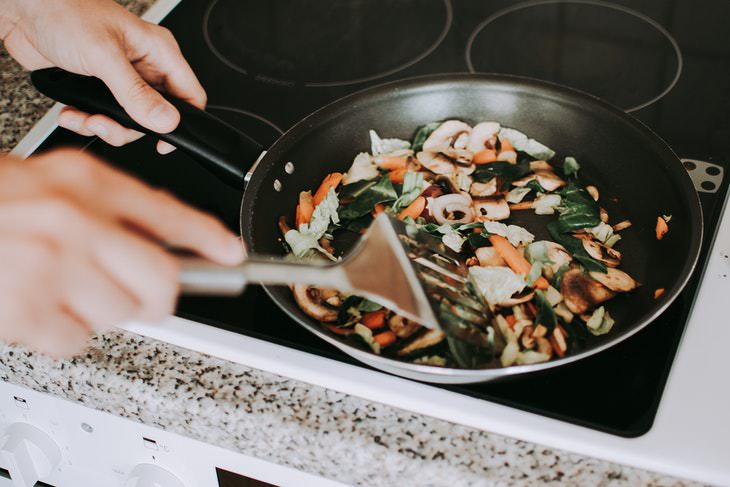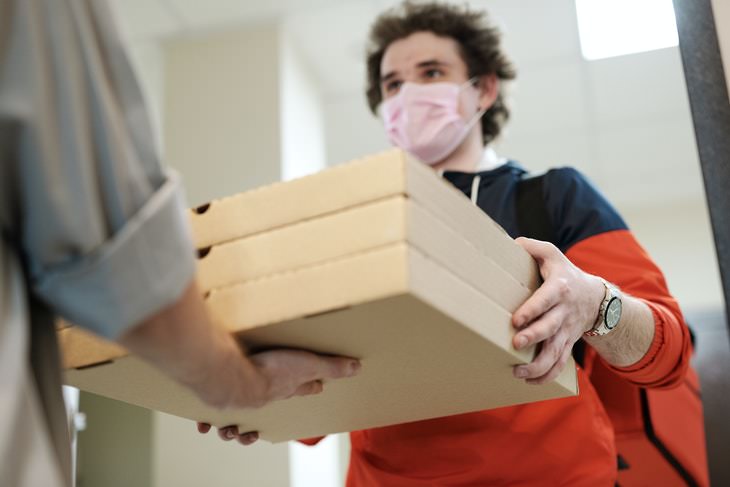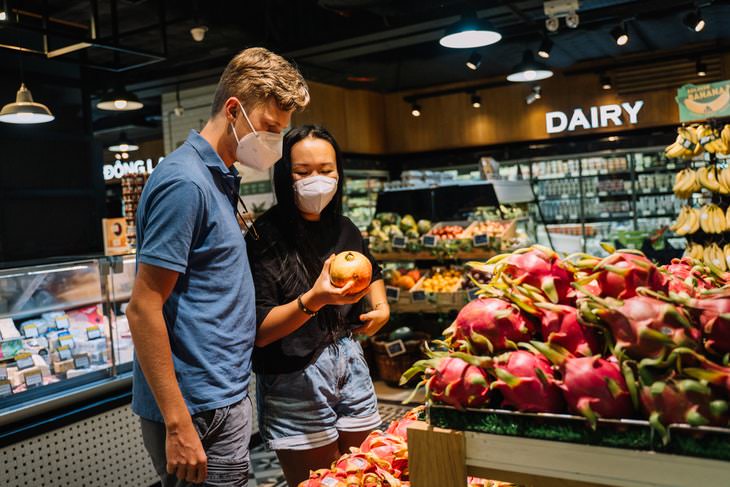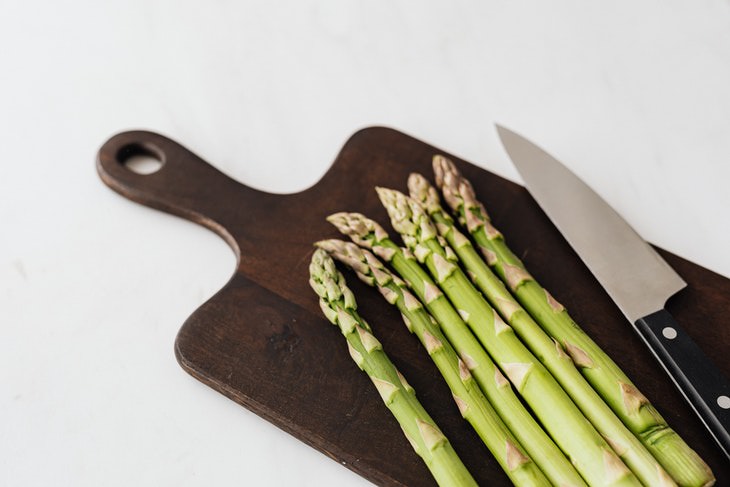COVID-19: Should You Worry About Food Contamination?
With the number of coronavirus cases
soaring to a new high worldwide and vaccines still remaining unavailable
in most countries, we all must exercise extra caution to protect
ourselves from Covid-19. With so much often conflicting information out
there, many people are still confused about the specific precautions
that need to be taken to stay safe and keep family members out of
danger.
One of the most common questions so many
people are struggling with is food safety and Covid-19. Are you unsure
how to clean foods properly? Or whether or not you should order takeout
right now? In this article, we answer 5 common food safety-related
Covid-19 questions with the latest scientific data in mind.
1. Does heating up the food neutralize the virus?

The reason why cooked food is generally
considered safer than uncooked food is due to the fact that high
temperatures kill germs, be it bacteria, parasites, or viruses. Unlike
the first two, however, viruses like the novel coronavirus cannot live
and multiply in foods, they require a human or animal host to survive
and can only linger on foods for a short time, so simply heating up food
should be able to eliminate the virus.
“Cooking food to a safe temperature, such as 165 degrees Fahrenheit, is
going to kill any virus particles that might have gotten onto food,”
states the University of Maryland Medical System. So, thoroughly heating
up foods should be able to get rid of any traces of the virus.
2. Is ordering takeout safe right now?


If you’re mostly worried about the food
itself, the short answer is “yes”. But when it comes to takeout, there’s
more to consider than the food. In fact, who packaged and delivered
your food and how may be more important than the person who cooked the
meal. Deciding to order your food in is a great way to support
struggling local businesses many of which have been forced to switch to
takeout only and it’s much safer than indoor dining.
However, when you choose to order takeout, you must be cautious and
clever, here are a few tips:
First and foremost, choose contactless delivery whenever possible or
wear a mask and maintain a safe distance whenever this is not possible.
Opt for direct orders from restaurants instead of third-party
distributors like DoorDash or UberEats. After all, the more hands your
food passes through before reaching you, the higher the risk that
someone on the way had the virus and infected the food or the packaging.
Get rid of any packaging, including containers, wrappers, and bags,
and put the food on a clean plate.
After the delivery person themselves,
the packaging is the most dangerous part of your takeout because the
virus can linger on hard surfaces for hours, so wash your hands after
handling it.
For the same reason, use your own utensils instead of those
included in the order.
For some extra cautiousness, you can also reheat any cooked foods to
ensure that all traces of the virus are gone.
3. Are there any known cases of someone catching Covid-19 through food?


The risk of getting Covid-19 through food
is considered very low. To date, there are no definitive cases of
someone contracting the virus from food, food packaging, or shopping
bags according to the CDC, even though there have been confirmed cases
of food workers who have gotten Covid-19 at work.
However, there have been studies confirming that the novel coronavirus
can survive on raw, frozen chicken, fish, pork, and on the packaging of
frozen foods, such as shrimps. Therefore, it would be careless to stop
washing your hands when handling food and food packaging and not cooking
food to the required temperature of 165°F (74°C).
4. How do you clean foods that don’t have a peel or rind?

Handling fresh produce is much trickier
than packaged foods, especially if it doesn’t have a skin or rind that
you can simply peel off. With packaged foods, the routine is pretty
straightforward: you unpackage the food when you get home, get rid of
the packaging, then wash your hands and wipe down the counter.
When it comes to fresh produce that comes without packaging, though,
experts recommend soaking them in water or even briefly dunking them
into boiling water if you know that the specific food item can handle
it. If the food has a rind or skin, scrape it down or peel it after
washing, but with other foods simply soaking and washing should remove
virtually all germs.
5. Should you cook for others?
Inviting someone over for dinner is
generally not a great idea these days and it’s generally preferable that
you only have contact with the people you live with, but let’s imagine a
situation in which you would cook for some family members and friends.
Ideally, you’d have to prepare and serve food while wearing a mask and
only include cooked foods on the menu.
Even then, though, there’s a risk of one of the guests sneezing at the
table and spreading germs onto the silverware and food - which clearly
puts everyone else at the table at risk. Therefore, there are just too
many variables that could go wrong at a dinner party, so we wouldn’t
recommend organizing one this holiday season, especially since we still
don’t have the vaccine available.